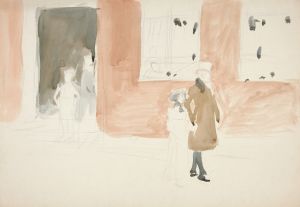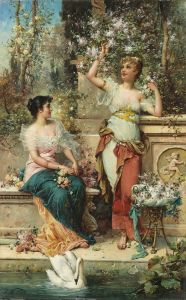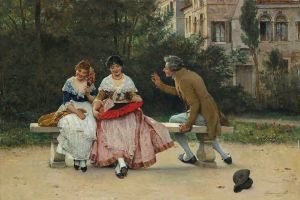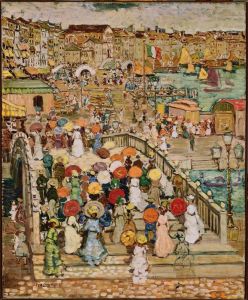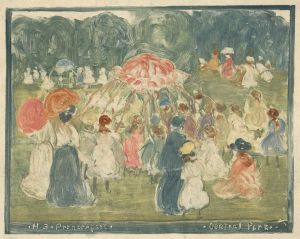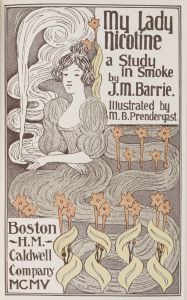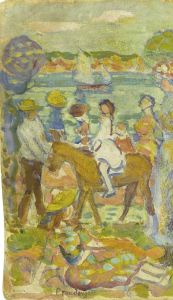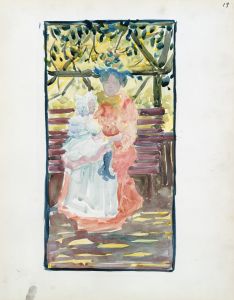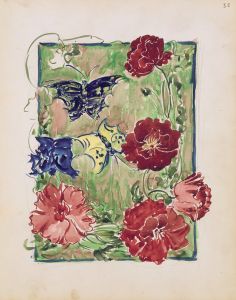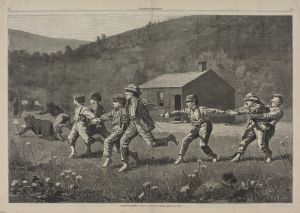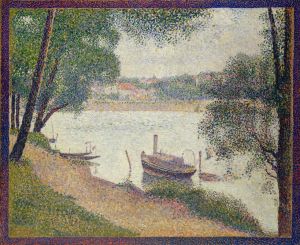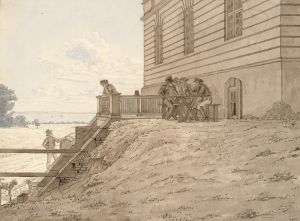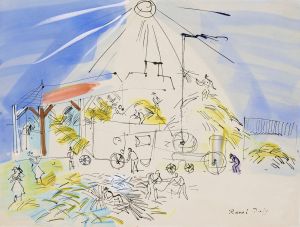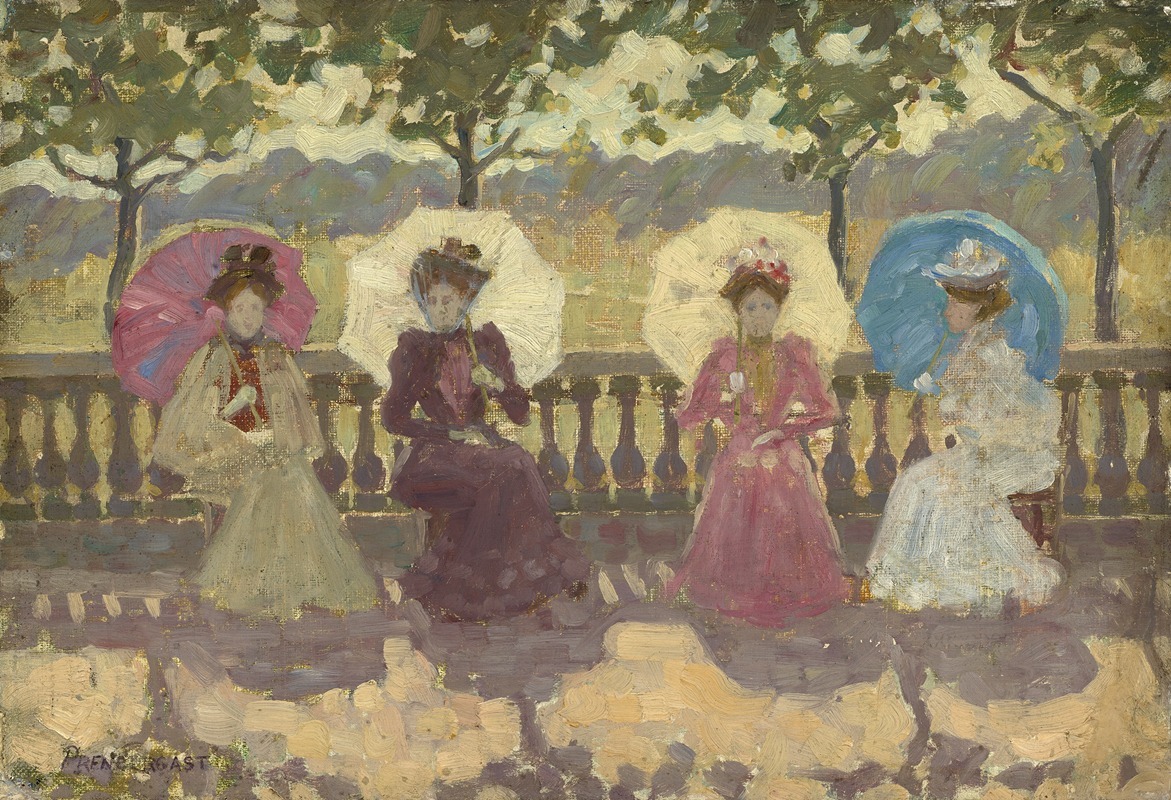
In the Park
A hand-painted replica of Maurice Prendergast’s masterpiece In the Park, meticulously crafted by professional artists to capture the true essence of the original. Each piece is created with museum-quality canvas and rare mineral pigments, carefully painted by experienced artists with delicate brushstrokes and rich, layered colors to perfectly recreate the texture of the original artwork. Unlike machine-printed reproductions, this hand-painted version brings the painting to life, infused with the artist’s emotions and skill in every stroke. Whether for personal collection or home decoration, it instantly elevates the artistic atmosphere of any space.
Maurice Prendergast was an American Post-Impressionist artist known for his vibrant and colorful depictions of leisurely scenes. One of his notable works is "In the Park," which exemplifies his unique style and artistic approach. Prendergast was born in St. John's, Newfoundland, in 1858, and later moved to Boston, Massachusetts, where he developed his artistic career. He was part of the group known as "The Eight," which included artists who were pivotal in the transition from 19th-century academic art to modernism in the United States.
"In the Park" is a testament to Prendergast's fascination with capturing the essence of urban leisure and social interaction. The painting is characterized by its use of bold colors, rhythmic patterns, and a flattened perspective, which are hallmarks of Prendergast's style. He was heavily influenced by the Post-Impressionist movement, particularly by artists like Paul Cézanne and the Nabis group, which is evident in his emphasis on decorative surface patterns and the use of color to convey mood and atmosphere.
The scene depicted in "In the Park" is a lively one, filled with figures enjoying a day outdoors. Prendergast often chose such subjects, focusing on the vibrancy of public spaces and the interactions of people within them. His works frequently feature parks, beaches, and other communal areas, reflecting the social dynamics of the time. The figures in "In the Park" are rendered with a sense of movement and energy, yet they are also stylized, with simplified forms and a lack of detailed facial features, which directs the viewer's attention to the overall composition and color harmony.
Prendergast's technique involved the use of watercolor and oil paints, and he was known for his innovative approach to these mediums. In "In the Park," his use of watercolor allows for a fluidity and transparency that enhances the light-hearted and joyful atmosphere of the scene. The painting's composition is carefully structured, with a balance between the figures and the surrounding landscape, creating a sense of unity and coherence.
Throughout his career, Prendergast's work was celebrated for its originality and its departure from traditional artistic conventions. "In the Park" is a prime example of his contribution to American art, showcasing his ability to blend elements of European modernism with a distinctly American sensibility. His paintings are appreciated for their decorative quality and their ability to capture the spirit of the early 20th century.
Maurice Prendergast passed away in 1924, but his legacy continues to influence artists and art enthusiasts. "In the Park" remains a significant piece within his oeuvre, illustrating his mastery of color, composition, and the depiction of modern life. His works are held in high regard and can be found in major art institutions, where they continue to be studied and admired for their innovative approach and enduring appeal.





